My high school friend’s mom is sensitive to MSG. It makes her extremely tired, a little dizzy, and she sometimes gets itchy too. But is she allergic?
Maybe, but probably not – food allergies usually result in severe reactions like swelling of the throat – but MSG may influence some allergic response. However, from my conversations with various folks, sensitivity to MSG seems pretty common.
MSG isn’t without documented issues. According to a study posted in the Journal of Nutrition and Metabolism, higher consumption of MSG results in an increased risk of having metabolic syndrome – a cluster of conditions including high blood pressure, high blood sugar, high cholesterol, and excess body fat.
Now, while the FDA classifies MSG as ‘generally recognized as safe’, there have been a lot of reports of adverse reactions from MSG consumption over the years.
These include:
- Headache
- Flushing
- Sweating
- Facial pressure or tightness
- Numbness, tingling or burning in the face, neck and other areas
- Rapid, fluttering heartbeats (heart palpitations)
- Chest pain
- Nausea
- Weakness
Dr. Mercola goes as far as the say that MSG is “a silent killer that’s worse than alcohol, nicotine, and drugs is likely lurking in your kitchen cabinets and even your child’s school cafeteria.”
Overall, research on MSG isn’t conclusive in either direction, and it may affect every person differently, but the general lean is towards MSG being bad. I’m generally one to side with the research, but this one is on the fence. What’s pushing me into the ‘MSG is likely not good for you’ camp is the anecdotal evidence I’ve received over the years. And there has been a lot.
One of the main problems with MSG, and trying to avoid it in your diet, is that MSG is hiding in foods under different names. MSG often exists in foods that you would think didn’t contain MSG, and even in foods that claim not to have it. Let’s do some digging and find out more!
Pizza Chains
 Alright, I’m sure most of us love a good slice of pizza now and then.
Alright, I’m sure most of us love a good slice of pizza now and then.
Get this, Americans eat about 100 acres of pizza a day – 350 slices per second. Holy cow man!
And usually, we want some decent pizza, not that microwaveable nonsense. I mean, if I’m going to get a slice of pizza, I want it made fresh. Well, you know what I mean.
Foodbabe Vani Hari went out of her way to call up pizza chains after realizing that most chains didn’t post their ingredients online. What she found was that pretty much all chains: Dominoes, Pizza Hut, Papa Johns, Cici’s, Little Ceasar’s, and others all add MSG into their products.
But there’s a twist. She writes: “Instead of letting you know that they are putting MSG in your food, they are using an FDA loophole to sneak processed free glutamic acid into your food, which has the same effect as MSG – all without warning you.”
Melanie Warner of the US News World Report wrote about the restaurant ingredients lists: “Good luck finding out what they are. Unlike the packaged products you buy at the supermarket, restaurant food isn’t required to list ingredients.” Yikes.
Tell you what, why not make a home-made pizza?
I’ve got a good one from health.com: Smoked Salmon Pizza. Sounds pretty damn good doesn’t it?
Get some solid whole-wheat pizza dough, organic low fat cream cheese, chopped dill, capers, red onions, smoked salmon, and lemon juice, and boom. The best.
Dairy
 Now I’m not saying avoid dairy entirely here, I’m saying that processed dairy contains MSG. The pasteurization process creates free glutamic acid (MSG). And it’s worse in “ultra-pasteurization”. Of course this isn’t going to be mentioned on any labels.
Now I’m not saying avoid dairy entirely here, I’m saying that processed dairy contains MSG. The pasteurization process creates free glutamic acid (MSG). And it’s worse in “ultra-pasteurization”. Of course this isn’t going to be mentioned on any labels.
Dairy types that may contain MSG include:
- Fat-free milk
- Powdered milk
- Ultra-pasteurized milk
- Cottage cheese
- Reduced fat milk
- Creamer
- Ice cream
- Cream cheese
- Yogurt
Now you may be able to avoid some MSG by buying organic, but because milk needs to be pasteurized to remove pathogens, you’re going to get some regardless. Don’t cut dairy out entirely, but limit it and make sure you are in the know.
Fruits and Vegetables
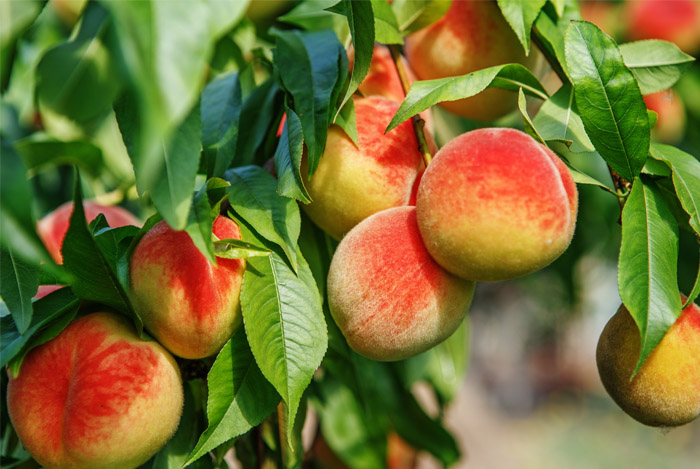 Wait what? Did I read that correctly? Fruits and Vegetables?
Wait what? Did I read that correctly? Fruits and Vegetables?
Yes. I know, it’s horrible.
But it isn’t the fruits and vegetables themselves that are the culprits here: It’s the fertilizers and Auxigro – a chemical-based growth enhancer sprayed on crops.
A study posted in the Journal of Biomass and Bioenergy explained that wastewater from the MSG industry can be used as a “low cost fertilizer”. Great. Leave it to big agriculture companies and their cost cutting to let that MSG creep into fruits and vegetables.
Now since Auxigrow is approved by the EPA to be sprayed onto crops as a “potent bio stimulant that enhances plant metabolic processes when applied”, it is hard to avoid – since it’s now widely used.
Dr. Gerard Guillory, Food Doctor at the Care Group, says: “If we ate local and organic, we wouldn’t have to worry about things like MSG. We need to get back to eating food, the whole food, and nothing but the food.”
I have to agree.
Baby Food and Formula
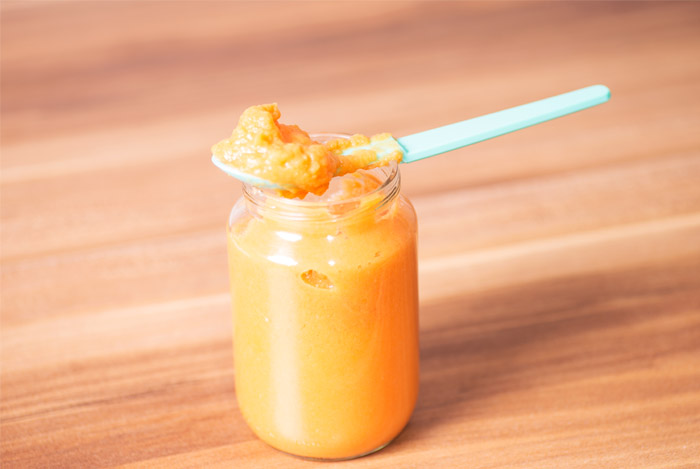 This one just makes me sad. Really? Baby food?
This one just makes me sad. Really? Baby food?
Is MSG how the baby food industry is resorting to get babies to like what they eat? Come on man.
The main problem is that MSG exists in many other ingredients not called MSG. This way, baby food manufacturers can put down something like “malt extract” or “natural flavorings” and get away with not having to list MSG.
Don’t worry – I’ll finish up this post with a more comprehensive list.
Sauces
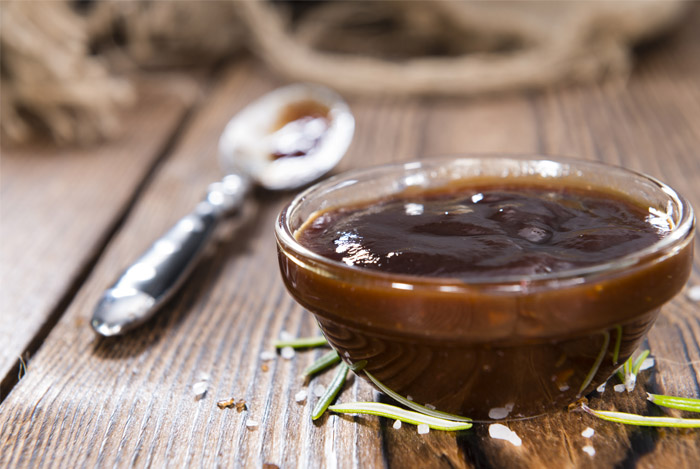 Sauces make food taste good! But be careful, that delicious sauce can be loaded with MSG.
Sauces make food taste good! But be careful, that delicious sauce can be loaded with MSG.
Here’s a list of some sauces to avoid, unless the type of sauce you buy calls out that it doesn’t have MSG in it (don’t forget the hidden names list at the end!):
- Gravy
- Dipping sauces
- Soy sauces
- Barbeque sauces
- Hot sauces
My favorite sauce and seasoning? Balsamic vinegar or apple cider vinegar. No really, try it.
Soups
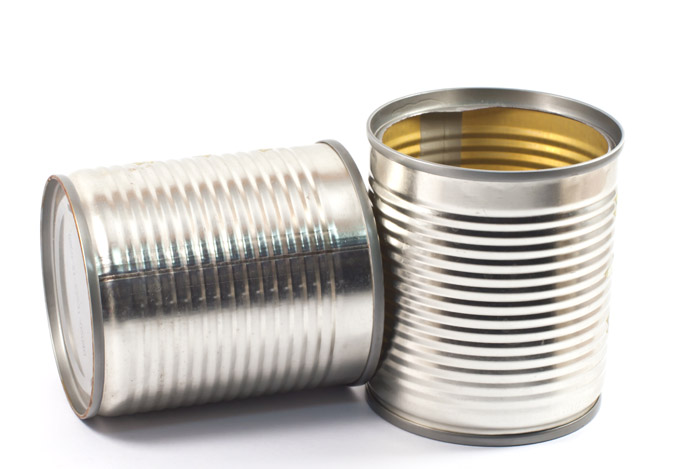 Campells, Progresso, and pretty much all your favorite canned soups, despite maybe calling out “No MSG”, actually do have MSG.
Campells, Progresso, and pretty much all your favorite canned soups, despite maybe calling out “No MSG”, actually do have MSG.
Back in 2008 there was a sort of soup company war, where Progresso was calling out Campbells for having “95 soups with MSG”, and Campbells lashed back saying Progresso was “made with MSG”, but Campbells was “made with TLC” (Tender Loving Care, clever no?).
So the industry was scrutinized, and what did they do? The same thing the other food industries are doing – they’re labeling with MSG alternative names like “yeast extract” and “hydrolyzed protein”.
Again, I’ll have a deep list at the end. But make your own soup and avoid the canned stuff!
Chips and Other Snacks
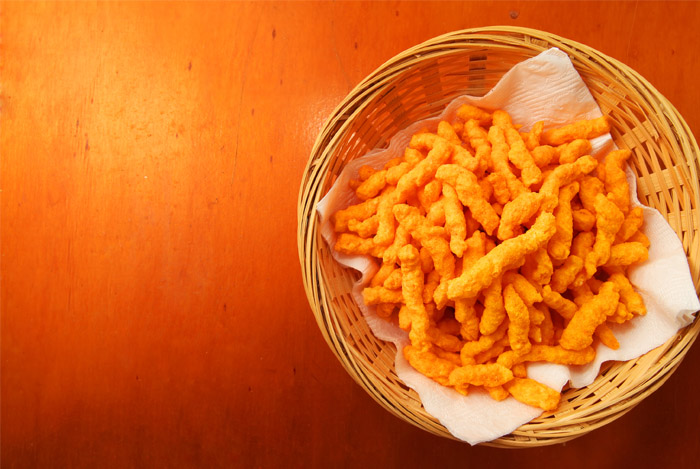 Chips. I usually get them from gas stations on long drives. I know, I’m guilty. But pretty much all chips that taste amazing have MSG in some shape or form. Doritos? Yes. Barbeque Lays? Yes.
Chips. I usually get them from gas stations on long drives. I know, I’m guilty. But pretty much all chips that taste amazing have MSG in some shape or form. Doritos? Yes. Barbeque Lays? Yes.
Doritos is honest enough at least to just list “Monosodium Glutamate”. Lays, however, apparently has to hide it as “Torula Yeast” and “Maltodextrin”. Those sneaky guys.
Not a huge advocate of chips, but if you’re going to eat them: Kettle Chips. Ingredients? Potatoes, Oil, Sea Salt. That’s it – tada.
Pretty Much All Fast Food
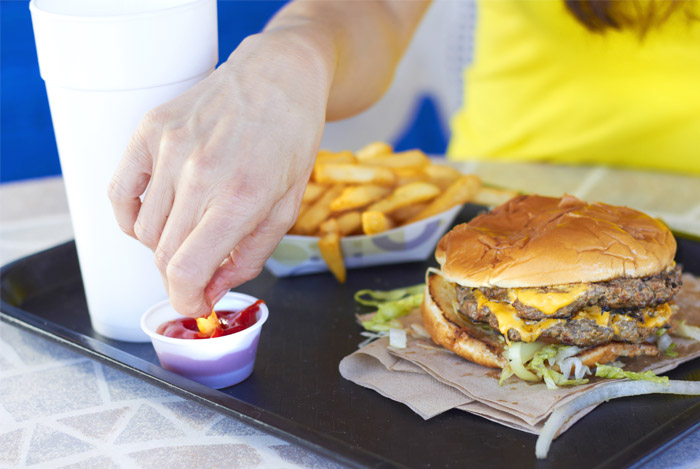 “Fresh” fast food. Hah! Come on, you’ve heard it right? Made “fresh.” I love it, it’s such a hoax.
“Fresh” fast food. Hah! Come on, you’ve heard it right? Made “fresh.” I love it, it’s such a hoax.
I’ve bashed on fast food before, particularly McDonald’s. And I’ll gladly do it some more.
If you go to the Kentucky Fried Chicken website and check out the nutrition information and ingredients, they only list “chicken breast”, unless you click on the tiny little “view all ingredients”. Wow, tricky.
Once you do click on it, you’ll find that Monosodium Glutamate is pretty early on in the massive list of ingredients – indicating that there is probably a lot, as ingredients are listed in descending order of predominance. All of the chicken has MSG in it.
Anyways, here are the biggest offenders of loading up their “fresh” made fast food with MSG:
- Kentucky Fried Chicken
- Burger King
- Chick-fil-A
- McDonald’s
- Pizza Hut (and other Pizza Chains)
It should be noted that McDonald’s has a “food science” page on their website, on which they explain that they do not add MSG to their food. And I quote: “We don’t add any monosodium glutamate (MSG) to any of our menu items.”
Yes, it is true they don’t say MSG in the ingredients. But they do have MSG-Ninja-Names like “Autolyzed Yeast Extract”. I’m not buying it, and neither should you.
The MSG Ninja Names
 Alright, that massive list of ingredients that are MSG in hiding, compliments of saynotomsg.com (there’s another good one at truthaboutlabeling.org):
Alright, that massive list of ingredients that are MSG in hiding, compliments of saynotomsg.com (there’s another good one at truthaboutlabeling.org):
- Glutamic Acid
- Monosodium Glutamate
- Anything Glutamate
- Hydrolyzed anything
- Plant Protein
- Textured Protein
- Autolyzed anything
- Yeast Extract
- Malt Extract
- Soy Sauce Extract
- Yeast Nutrient
- Nutritional Yeast
- Torula Yeast
- Caseinate anything
- Carrageenan
- Acesulfame Potassium
- Aspartame
- Sodium Cyclamate
- Isomaltitol
- Saccharin
- Sucralose
- Alitame
- Thaumatin
- Glycyrrhizin
- Neohesperidine dihydrochalcone
Also known as: Neohesperidin DC and NHDC - Steviol Glycosides
- Neotame
- Aspartame-acesulfame salt
- Maltitol
- Lactitol
- Xylitol
- Erythritol
- Quillaia Extract
- Maltodextrin
- Rebaudioside
- Any Sugar Alcohol – Any Ingredient ending with “itol”.
- Sorbitol
- Mannitol
- Disodium Guanylate
- Disodium Inosinate
- Flavor(s) and Flavoring(s) anything
- Natural Flavor(s) & Flavoring(s) anything
- Bouillon and Broth anything
- Barley Malt
- Soy Protein Isolate
- Ultra-pasteurized Soy Sauce
- Whey Protein Concentrate
- Soy Protein Concentrate
- Pectin Soy Protein
- Whey Protein Isolate
- Whey Protein Protease
- Protease Enzymes
- Protein Fortified anything
- Enzyme Modified anything
- Enzymes anything
- Fermented anything
- Citric Acid
- Seasoning(s) (the actual word)
- Spice(s) (the actual word)
- Xanthum Gum
- Gelatin
Yep, it’s a pretty long list right?!
Conclusion
 While the research is still up in the air, MSG does seem to affect a number of individuals. Really the most compelling study I saw was a double-blind study posted in the Journal of Allergy and Clinical Immunology.
While the research is still up in the air, MSG does seem to affect a number of individuals. Really the most compelling study I saw was a double-blind study posted in the Journal of Allergy and Clinical Immunology.
The study is somewhat dated, but it is pertinent in that it was conducted in a double-blind manner. This means that participating subjects are unaware of whether they are being given a placebo or MSG and the researchers don’t know which participants are placebo or MSG either.
The study found that MSG produced symptoms within individuals who self-identified as sensitive to MSG. What happened? Headaches, muscle tightness, numbness/tingling, general weakness, and flushing.
I’m in the camp that MSG is likely not good for you, and while it is very hard to avoid, knowing where it is and where it isn’t will go a long way in at least limiting our intake.
Let me know your experiences with MSG – are you sensitive to it? Is this discussion a bunch of horse roar? Leave a comment!
The post 8 Horrible Ways You are Being Tricked Into Eating MSG appeared first on Nutrition Secrets.
http://www.nutritionsecrets.com/different-names-for-msg/
No comments:
Post a Comment